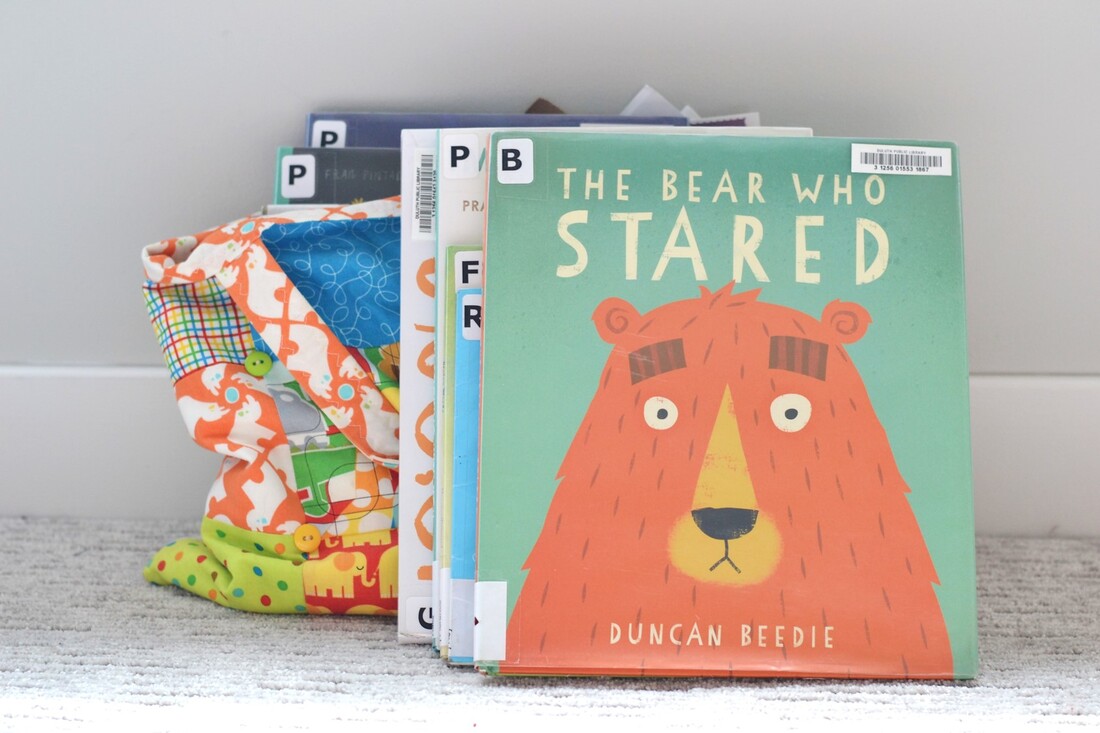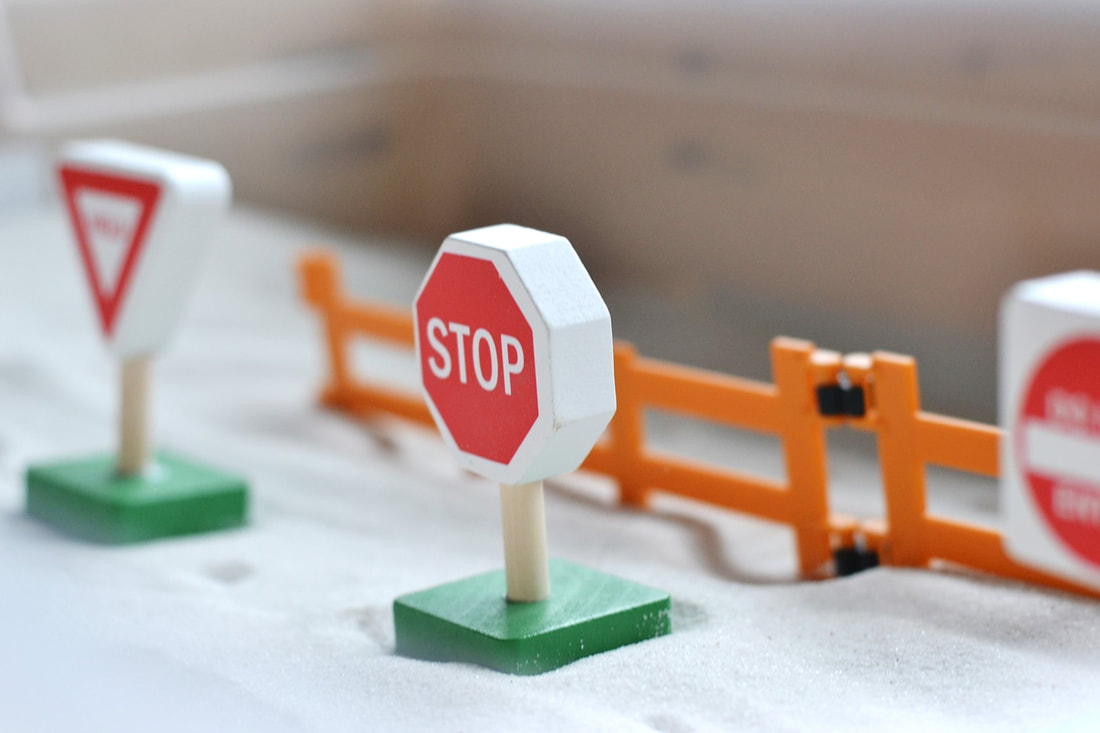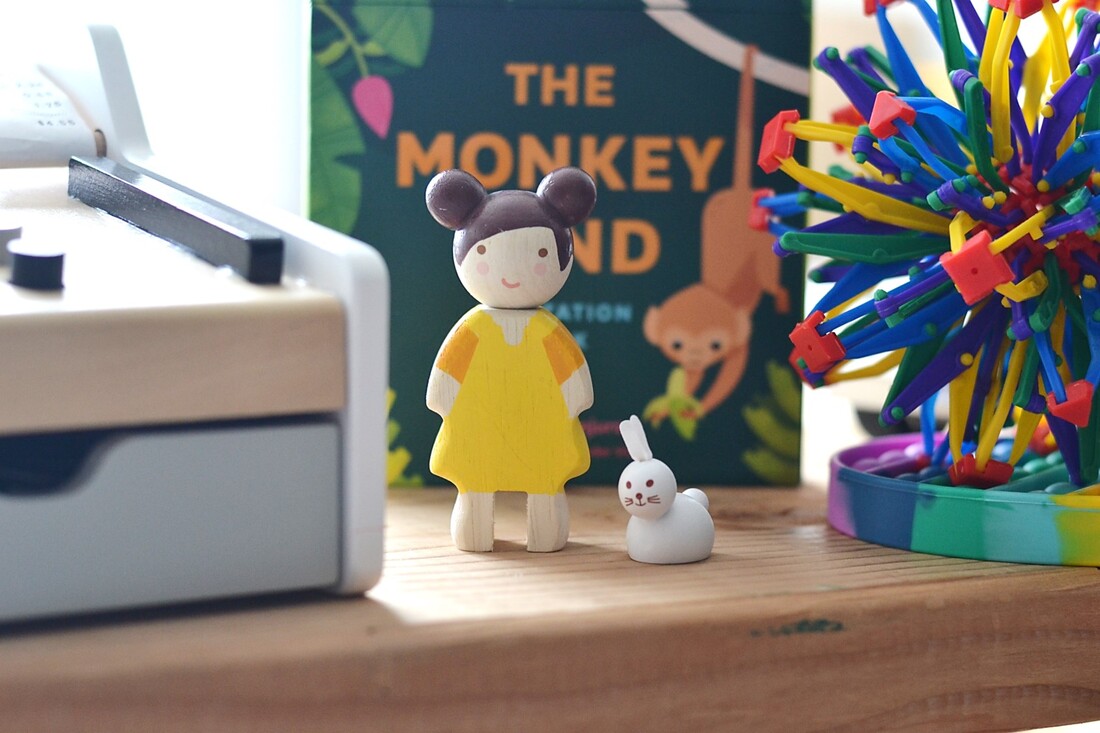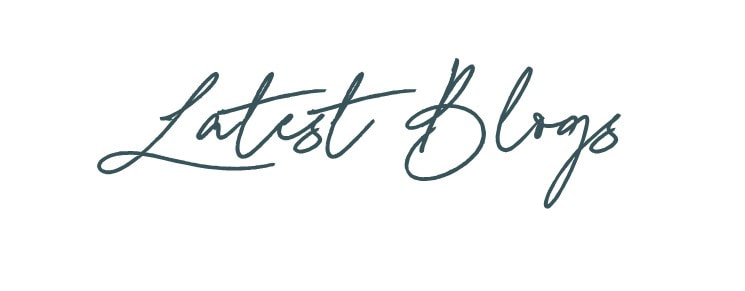|
When I was young it felt like I lived at the library. Story time. The anticipation of what might be available to check out. The agony of being put on a wait list for a book you REALLY wanted. Ahh… such sweet memories. And that shouldn’t surprise you seeing as bibliotherapy is one of my favorite ways to engage in therapy with young people. So, what does my childhood love for the library have to do with being a Play Therapist? Well...the library is actually one of the BEST resources for new and seasoned Play Therapists! With a library card you have access to all the free books you could dream of! Well...technically with my library you can check out up to 100 at a time for four weeks. The last load of books I got there were 4 out of 10 books that I would be interested in using in my Play Therapy practice - and that was without even trying! These books ranged in topics of appropriate social behavior (ahhh hem - The Bear Who Stared), gender fluidity, emotional expression, and generational trauma. Yup - all kids picture books. The library is a great resource for checking out books to see if they would be worth investing in for your practice and testing out how kids respond to them. It’s also easy to plan to use the intervention and specific book and activity with all children (where it fits their goals and treatment plan) over the span of several weeks as the book is checked out. If it’s a hit you can consider adding it to your collection OR checking it out from time to time for new young people who can benefit - which is completely free and a great resource for new Play Therapists. I also love that there are books that I had never heard of and never came up in my searches that are excellent for Play Therapy. And when I say this, I don’t mean it lightly. I spend hours on hours on hours looking for, purchasing, reading, and training on bibliotherapy with children. Lastly, there is also wisdom in librarians. If you are looking for a specific topic they likely will have one or seventeen books that could fit your need! Looking for inspiration? Check out these bibliotherapy interventions HERE, HERE, HERE, and HERE from Cognitive Behavioral Play Therapy, shifting thoughts, gratitude, and self esteem. You can also get inspired by my list of 70 Books for Emotional Regulation HERE! Want more? Check out my Bibliotherapy and Play Therapy training HERE! AND are you a Play Therapists that goes to the library? What books have you found that you use in your Play Therapy practice? Drop a comment and resource below! Let's Connect - click here to join my email list!
0 Comments
If you work with kids, you also work with parents. I truly believe that parents are the most important people, supports, and structures in their child’s life. Even though the child may come into the therapy office or Playroom once per week - their parents are the ones that are in the thick of it, every day, with their children. They hold the attachment relationship with their child, which is a powerful means for helping children regulate, develop, and grow. And ...research shows that parent engagement in therapy actually leads to improved outcomes. Inevitably we do some sort of parenting work with the families that we see. I would say that when I work with parents it is a combination of Dr. Daniel Siegel and Dr. Tina Payne Bryson with books like No Drama Discipline along with Cognitive Behavioral Therapy paired with a heavy dose of Polyvagal Theory. Now, one of the things that comes up often is the importance of consistency and how follow through or lack thereof can significantly impact the way children may act in the future. Let me pause for a moment. When talking about boundaries, limits, and consequences vs. threats I am talking about engagement with the child who still has access to their prefrontal cortex, reason, logic and decision making - not the child who is in their sympathetic nervous system (or fight/flight response). That is a whole different type of parenting technique. If you want to learn more about the differences and how parenting strategies are different depending on what area of the brain is functioning check out this training HERE. Okay - now back to the child that is struggling with limits, maybe whining, glaring - but they are still with you. They can still hear you and can still communicate. Parents often will struggle with not wanting to threaten their children, wanting to make a boundary with impact, and aren’t quite sure how to put it all together. Sometimes I hear things like Halloween has been taken away, a child is grounded for the summer, or isn’t allowed to play in the big game or dance in the big show. Most often the parent ...well...reconsiders or just doesn’t follow through with the big thing in the end. I get it - parents are stressed and want to say something impactful so their child will listen, comply, and regulate. At the same time they still care for their child and want them to have fun and enjoy the things that make childhood great. One of the things I highlight with the families that I work with is that if you are going to put something out of the table it must be something you are willing to follow through with. Period. If parents aren’t willing to follow through with the thing they are telling their child is going to happen one of two things happen, usually both. Thing one is that the child learns that the parent isn’t really serious with the structure they are attempting to put into place. In the future children retrieve this data and may make a decision to continue to engage in a behavior (which I like to call “jackpotting”) because they don’t think the parent is likely to follow through with what they are saying because they haven’t in the past. This is most frustrating for everyone involved. Thing two is there is a high level of likelihood that there will be damage to the relationship. The parent escalates and may say or do things that they may regret later. If the limit is actually put into place then the child can feel like it was unfair because that wasn’t how “the rules” worked before. The parent feels disrespected and the child feels blindsided. Lose lose. This is where threats vs. boundaries and limits come into play. A threat is something that a person is highly unlikely to act upon and is intended to make the child act in a certain way. Usually a threat has a high level of stake (ie see above with no Halloween, activities, or intense groundings) meant to engage in behavior change through the child’s fear. In short the intent is that they listen because they are scared. On the other hand boundaries, limits, and consequences are a statement of what the expected behaviors are and what the parent will do in response to a child breaking a rule or limit. All of these are meant to engage in teaching a child with the relationship and attachment at the forefront. Limits and boundaries come into play to help the child understand what the expected behavior is and the structure around behavior and privileges. It might sound like:
Consequences come into play after a limit or boundary has been broken. We know what this looks like. The child who sneaks technology at night, shoves the mess in their room under the bed, or continues to use disrespectful language. Consequences then sound like:
Always with a good dose of empathy, connection, naming feelings before we deliver what the consequence will be. Consequences in a natural logical way are meant to keep the attachment relationship intact along with developing an internal locus of control and ethical compass about what appropriate behaviors and choices are. The child decides to follow rules because they know that's "what's right" for both themselves and the world around them. What are your go to phrases to help parents set limits, consequences, and boundaries? Let me know in the comments below! Let's Connect - click here to join my email list!
We all do it.
There is that one toy, resource, or item that just NEEDS to enter your playroom. Okay - maybe more than one. You click add to cart or take it off that garage sale table and it’s yours! Off to the Playroom it goes! I wanted to land on this topic that has come up several times recently in supervision and consultation. That is, the topic of how we integrate new items into our play space. Maybe you’re thinking - but Ann…. you just unpackage it and put it on your shelf, right? How complicated can it be? Well...I wanted to make the case for intentionality when introducing new items to your playroom or taking old items out. Every new toy in your Playroom can significantly affect the neuroception of safety in your office and can spark anything from curiosity, sorrow, intense distraction, or all out giddiness. This can actually interrupt the flow of play or play theme that may have been building up over weeks. Sometimes it might be exactly what the child needs. Other times a distraction. And sometimes kids can start to feel like your office isn’t safe or stable and might start asking you (even every week) “What’s new?” if the toys rotate too frequently. Wait. Does this mean I should never get new toys? Of course not! New toys are essential to our practice as we are replacing things that are broken or used (yes Play Dough I’m looking at you) or when we want to add to the collection of materials available for children. At the same time we want to make sure that as we are bringing new things we evaluate what might need to make an exit out of the Playroom. Maybe that toy that never gets used and you need the precious space for something else, or just something that is on its last leg. For the toys that have seen their last session, for some children it can be a sense of loss and grief or create an uneasy or unstable feeling. So….what do we do about it? I put together my three phase method of making changes in the Playroom that might be useful as you evaluate your own Playroom! Evaluate Your Toys I think it is a great practice to occasionally evaluate your toys. Take a mental stock of what is being used and what hasn’t been touched...like ever. For the toys in the latter category I like to take a deep evaluation of is the toy not used because it is not appealing or useful to play OR is the storage and placement something that is a barrier to use. Does it need to be shifted in placement or taken out? I also like to go back to my foundational Child Centered Play Therapy text books HERE and HERE and see how my categories and availability of toys is comparing to the suggested lists. If I am thinking about taking things out of the Playroom is that category represented in another way? If I am thinking about adding toys into the Playroom what do I already have in that category? Can children use the existing toys for play or does this new object amplify what can be done? Identify the Changes Now it is time to identify what specific changes you would like to make. Shift up the placement of objects, take out some old toys that aren’t terribly effective for Play Therapy themes, or the creation of a new list of items you would like to add. Maybe a new desk or coffee table? New storage for toys? Yup. All of that counts as a shift and a change. In all of this we again keep the theory at the forefront of what purpose each toy serves. Even though you or your child might LOVE one of the newest toy crazes - how it fits into your theory will determine whether it is invited into your Playroom! All At Once I am a huge fan of selecting certain times a couple of times a year or less (sometimes only one) to make changes into your Playroom. For me one of these times is usually around the holiday season only because I can usually find some good deals on new toys. If we are using the “All At Once” method, then several times per year the young people we see will have some opportunities to process through healthy changes in a therapeutic space BUT won’t get so distracted like if new toys are coming into our office every other week. When I decide to make a shift (like I am now as I go back to in person) I save up some of the toys that I have been gathering or furniture I want to paint and all at once make the shift. Then as time goes on and I collect things here and there I just continue to make a pile or a stash until it gets big enough to rearrange and put into the playroom. The one exception In all of this there is definitely one exception, which is if a toy is significantly broken or dangerous it needs to be removed immediately. We can empathize with clients and identify feelings as they process through the loss of a favorite toy, but we definitely don’t want to keep something dangerous lingering around. Want to know more about setting up your Play Therapy space? Check out this training HERE! What about you? Comment below with how you like to assess and shift toys in your Playroom! We are totally getting to that point in the summer where it is vay-cay time! A sunny day, new work schedule for teens, and the family vacation or three leaves those open spots and cancellations in your week. I mean - awesome for paperwork, side projects, and organization right? Or maybe some midday scrolling. Either or - no judgement here. And although sometimes we all need a little loosening up of our schedules, especially when the sun is shining - consistency is key for client retention and engagement. During an intake recently I asked a family why they stopped seeing a past therapist. There was the blank stare, the “umm...well...I’m not so sure”. It was a classic story of one week off for a dance competition, the therapist taking an extended vacation, and then the client had an annual trip out of town and...well...they just never rescheduled. It wasn’t that they weren’t in need of support. They just weren’t able to re-engage. There were too many barriers. And we all have those clients. The ones that just sort of...disappear in the summer. I am definitely in favor of placing responsibility for client scheduling on the client, or well, parents if you see children. Annnnnd at the same time one of the most vulnerable and brave things a client can do is pick up the phone to make an intake appointment, and then to keep showing up. After a period of a couple missed sessions, sometimes the thought of re-engaging can be exhausting and they pop back into survival mode. Therapy appointments get shuffled into the pack of other appointments, engagements, trips, and homework. It’s not until things get pretty severe that there is a fire lit under families to make a call to re-engage. Sometimes it is months or more than a year. Other times they might not think you as the therapist are committed to them. And as we all know, the number one factor for therapeutic change is the relationship and connection you have with a client and their family. Why does this all matter? Well firstly it is definitely good client care (and ethical) to do your best to engage a client in a way that is consistent. At the end of the day when they actually engage in therapy they can work towards their goals and mental wellness. To simplify - meeting goals allows them to live life as the best version of themselves. So where does this leave us? You definitely aren’t going to re-schedule that vacation you have been dreaming about forever and that dance competition is still going to be there. So what now? Well...this might mean that you consider vacation time that doesn't consistently cancel the same clients over and over OR you offer them alternative spots within the week before or after to keep consistency. One of my favorite strategies is the recurring appointment where they have their same time/day spot weekly or every other week. That way they know you will be there for them after business gets back to usual. If they don’t have an appointment scheduled or have cancelled a couple in a row an engagement call can help to show clients that you are committed to continuing their therapeutic work. Lastly, acknowledging the elephant in the room goes a long way. Letting your client know that you are sorry that you are cancelling knowing that you missed a couple of other appointments. This could even mean creating a support plan for when you are out of the office, which might include crisis resources, therapy activities, or other family bonding activities to engage in during the “off time”. All of this can go a long way to help clients engage in the hard work of therapy and foster the relationship and connection while at the same time juggling life! And if you are looking for more support around scheduling check out this course HERE designed specifically for therapists working with children! What about you? What are your best engagement strategies for the summer lull? Drop a comment below! Let's Connect - click here to join my email list!
|
Hi, there!I'm Ann Meehan, an LPCC, Loading... Archives
July 2024
Categories
All
|
Privacy Policies | Terms of Use | Disclaimer
Contact
[email protected] | Copyright Meehan Mental Health Services 2022
Contact
[email protected] | Copyright Meehan Mental Health Services 2022








